How to get synth sounds with your guitar effects pedals
ThePedalZone's Stefan Fast shows us how to add synthetic flair with common effects types
Hey everybody! My name is Stefan Fast and I’m a total pedalholic. Over the past 15 years, there hasn’t been a single day where I haven’t messed around with effects pedals or thought about interesting pedal combinations. My addiction actually runs so deep that I’ve been displaying it to the world for almost five years on my YouTube channel, ThePedalZone.
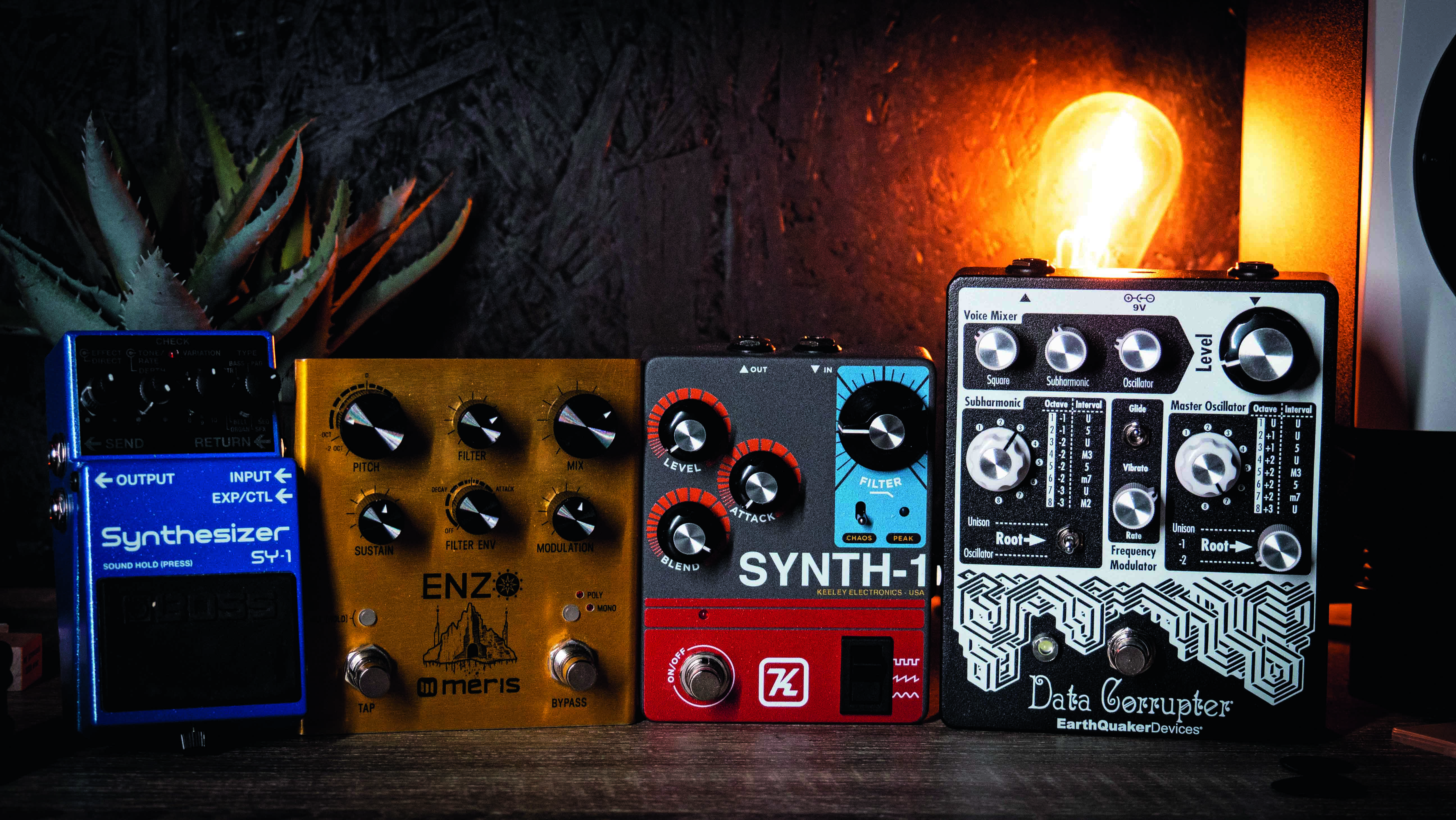
Over the past couple of years, one of the biggest trends in the pedal industry has been synth pedals. These devices are far from a new thing, though – Roland started experimenting with the genre all the way back in 1977 when it released the GR-500. However, modern technology has seen synth pedals become super compact and much easier to use, while sporting impeccable note tracking and sound quality.
I love this phase we’re in! Things can’t get synthy enough for me. If you’re like me and you want your guitar to coax actual synth sounds from a single pedal, then definitely dive into boxes such as the Meris Enzo, Boss SY-1, Keeley Synth-1 or EarthQuaker Devices Data Corrupter.
But if you just want to add a touch of synthetic flair once in a while during a set, then you can actually create really great-sounding results with fairly common effect types once you understand how a synthesizer works – and that’s what I’m going to share with you today.
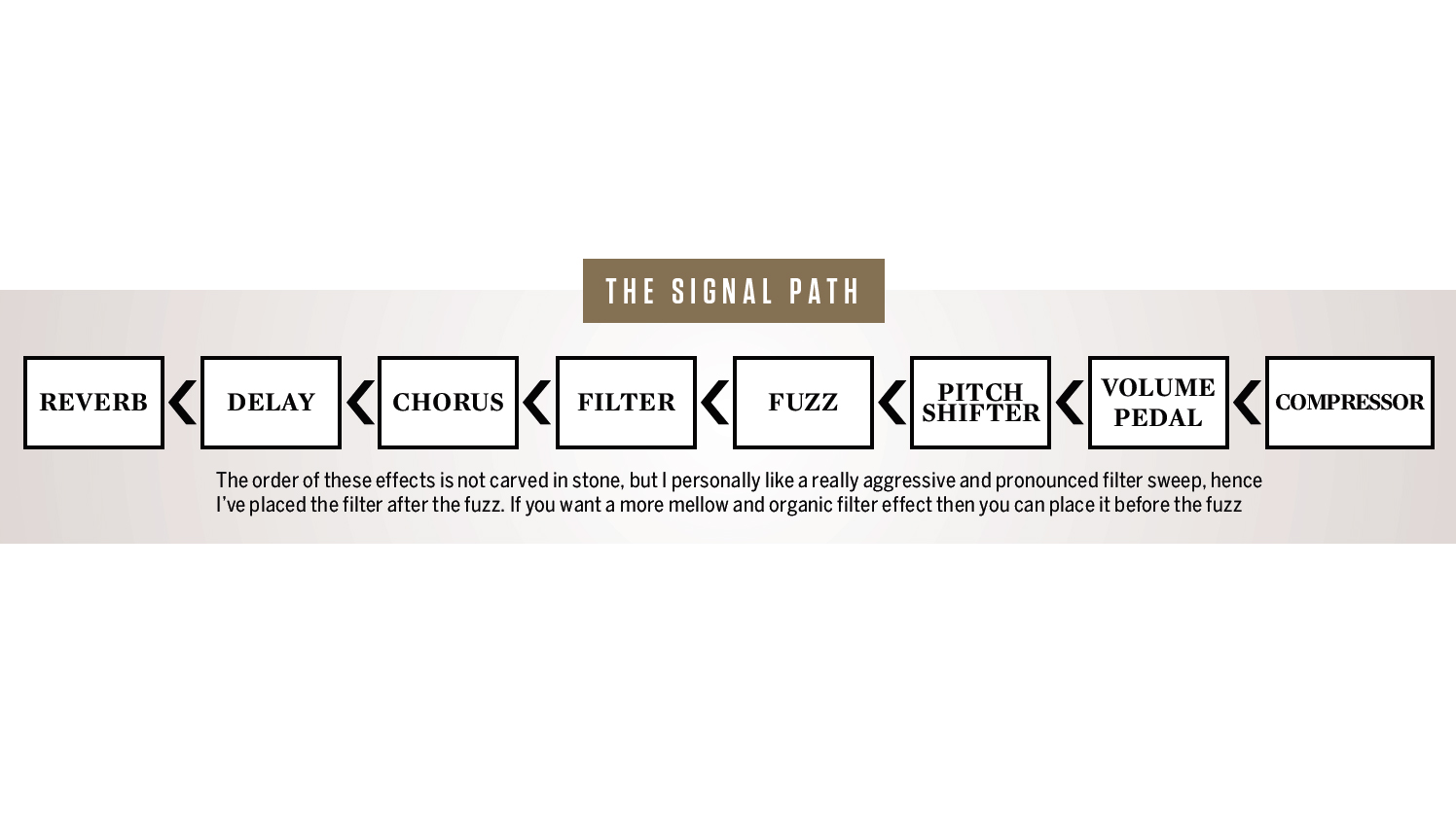
Oscillator
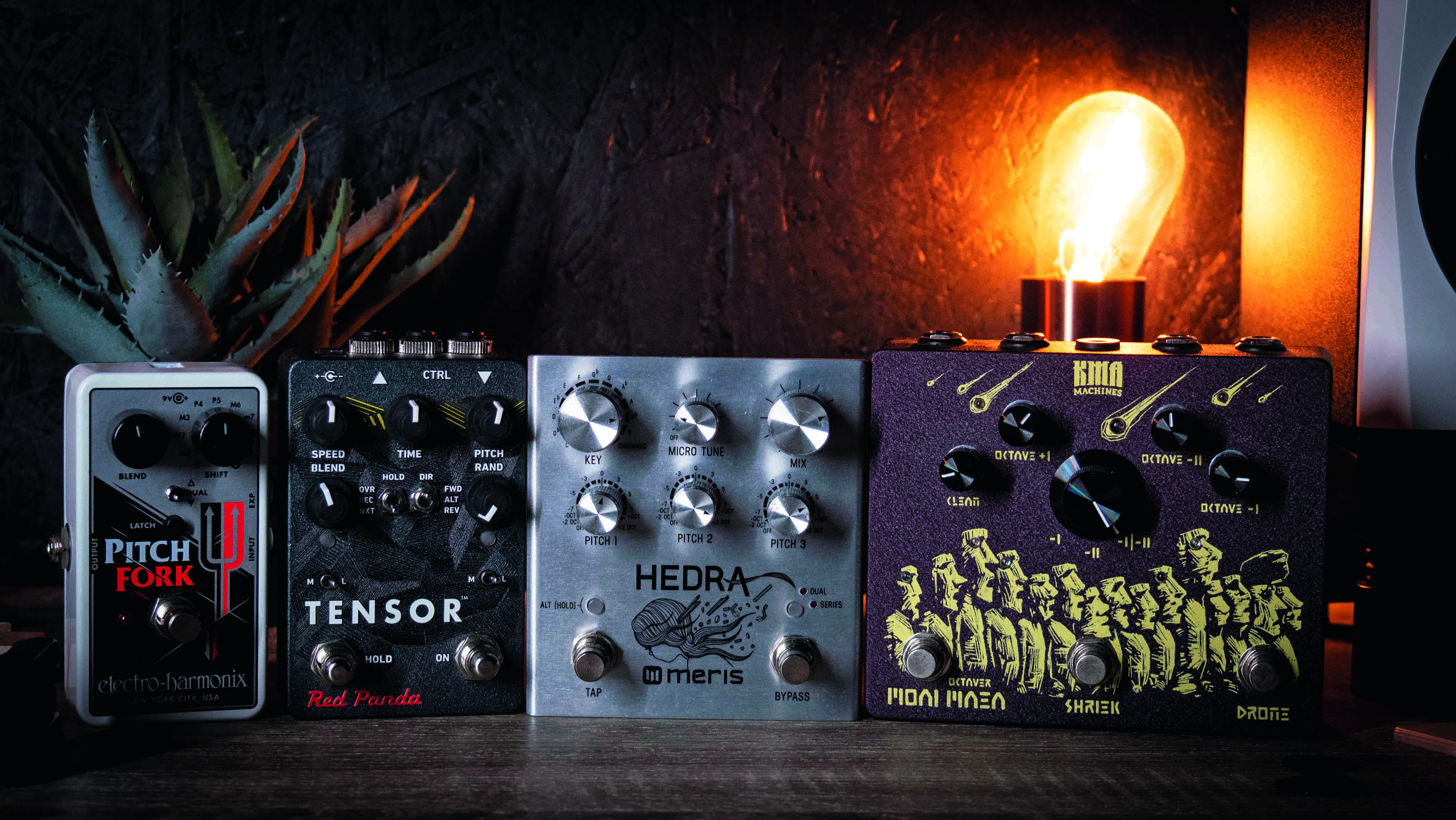
At its most basic, a synthesizer is made up of an oscillator that produces the sound and a filter that shapes the sound. In our case, our guitar is the oscillator, while the tone knob on the guitar as well as the EQ section on our amp act as very basic filters.
But synthesizers typically have the ability to stack several oscillators at once for really rich sounds and can pitch them up and down far beyond the normal scope of a guitar. Pitch shifters and octavers will give you the ability to simulate that. Analogue octavers, such as the KMA Moai Maea,
Oscillator detune
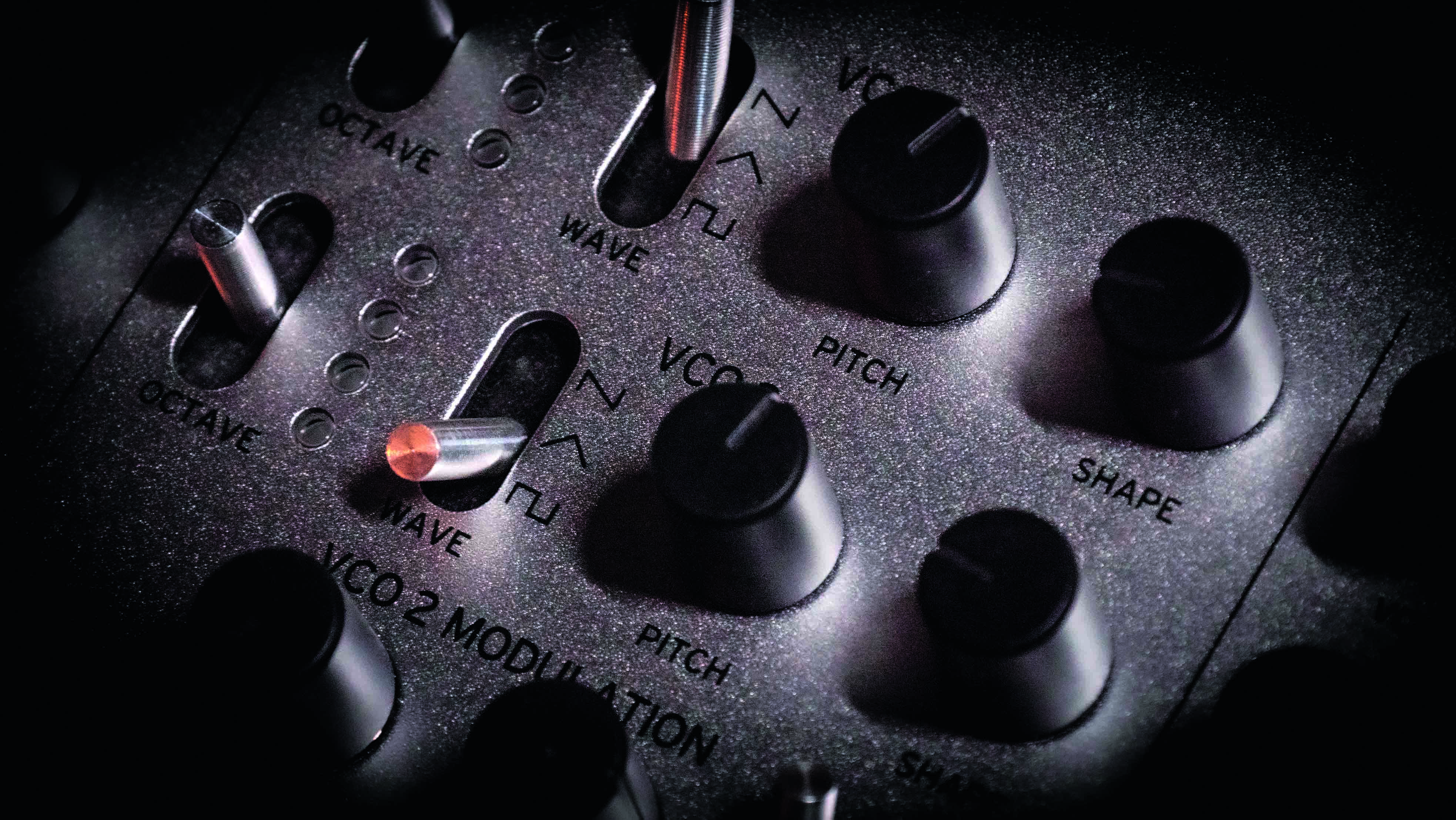
Synthesizers typically also allow you to slightly detune their different oscillators to create an even wider sound. You can emulate this with chorus pedals. You don’t need a chorus that can do all kinds of crazy things – a nice warm, lush analogue chorus, like the Maxon PAC-9, is perfect for the job.
Get the MusicRadar Newsletter
Want all the hottest music and gear news, reviews, deals, features and more, direct to your inbox? Sign up here.
Filter
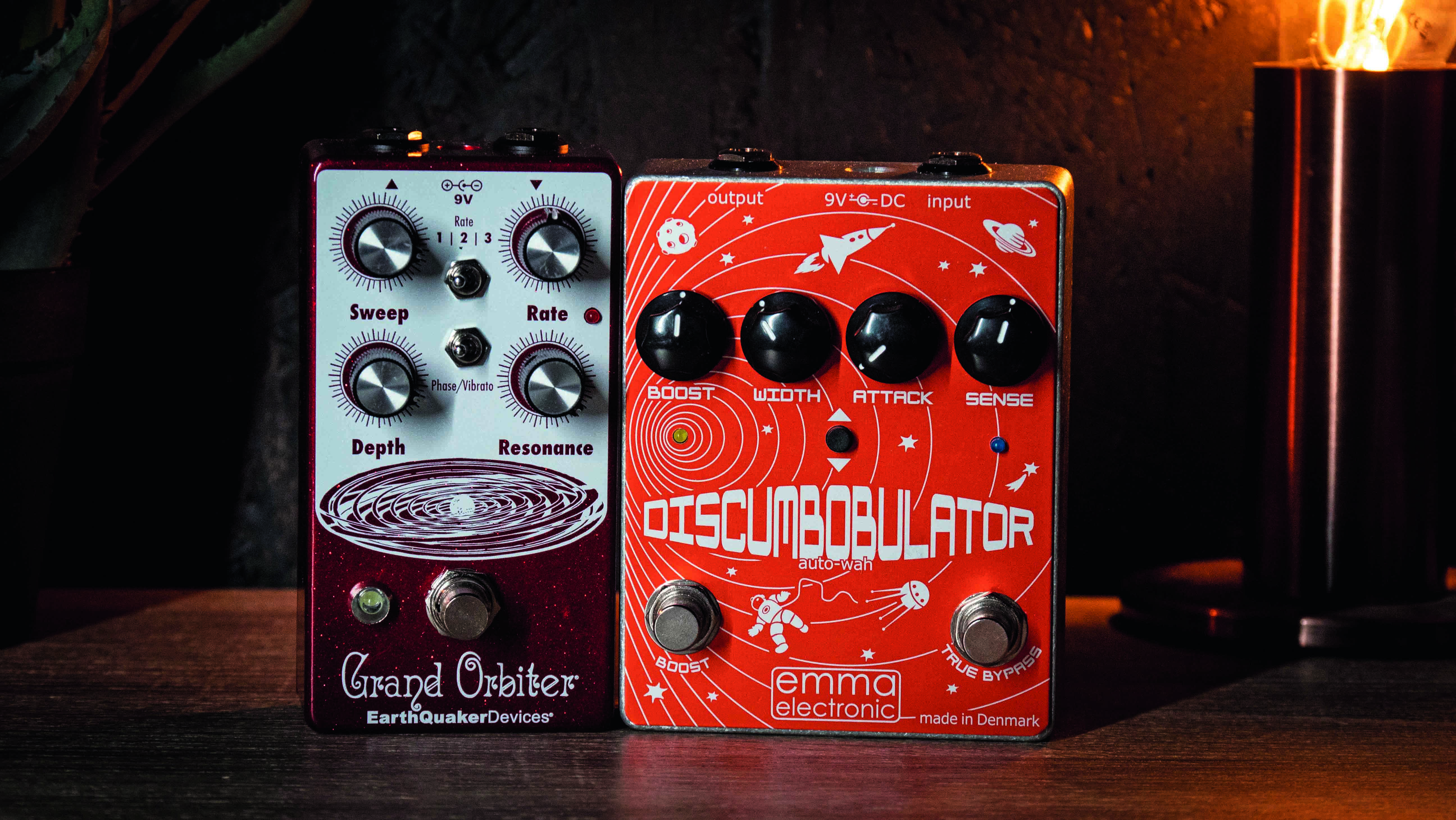
The filter is a pivotal part of a synth as it helps you shape and control the raw sound from the oscillators. Analogue synths (and many digital emulations) are best known for their fat and resonant low-pass filters, but you can also often encounter band-pass and high-pass filters in synths as well.
Envelope filters are great for emulating synthy low-pass filter sweeps, whereas phasers are great for emulating bandpass sweeps. You can also use a wah pedal for manually controlled sweeps.
If the pedal gives you control over resonance then that’ll get you even more into the synthy ballpark.
Envelope generator
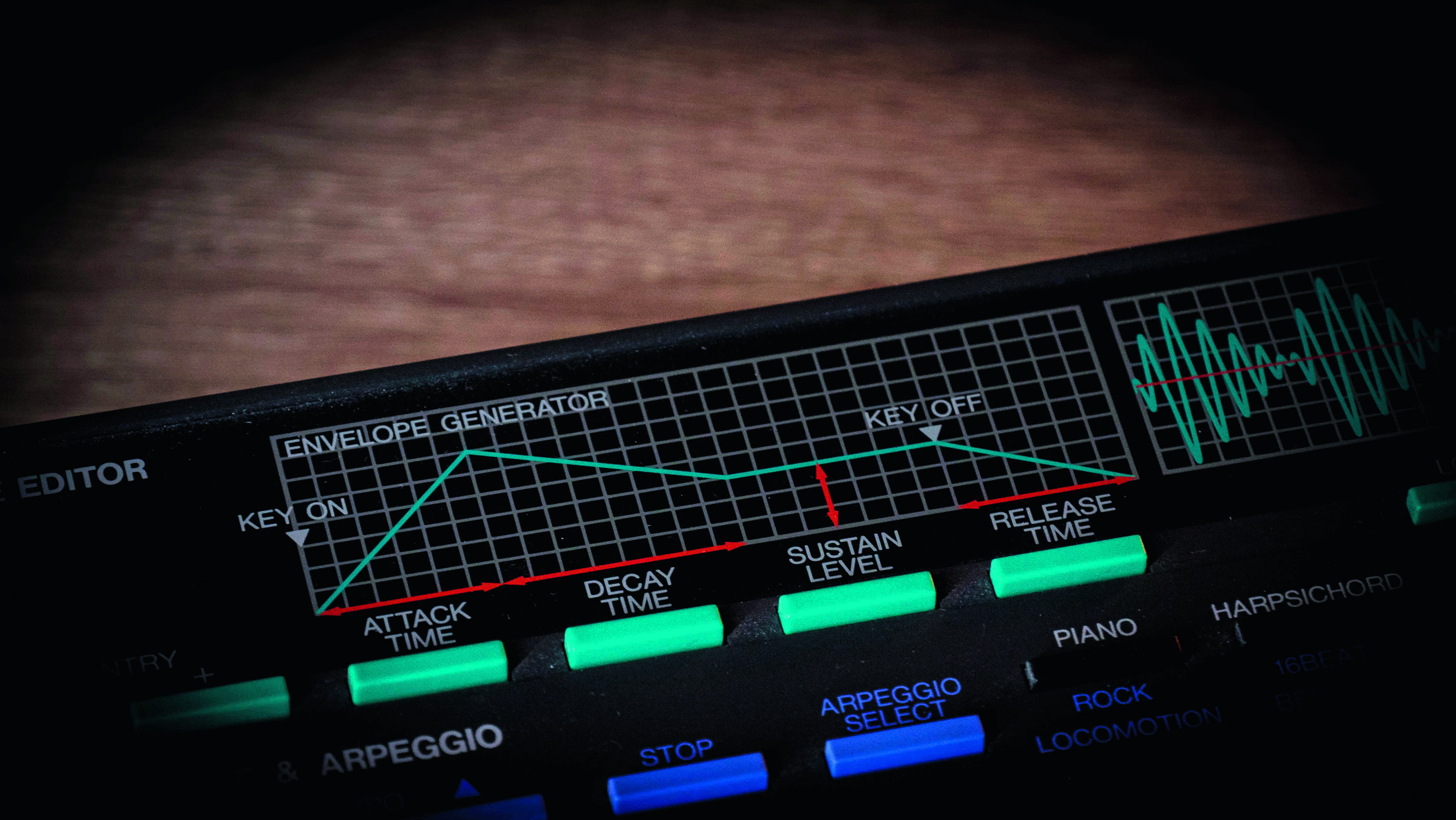
Another big part of a synthesizer’s sound is its envelope generator, also known as an ADSR (Attack, Decay, Sustain and Release). This lets you manipulate how long it takes for the sound to reach its volume peak, how long it sustains and when it decays.
You don’t even need a pedal to emulate iconic synth pad swells, you can just use the volume knob on your guitar. But if you prefer to use your hands for playing then a volume pedal or an autoswell pedal will get those blooming pads going, while a compressor pedal will help you increase the sustain and extend the decay of your notes.
If you want a really quick synthetic sustain while doing volume swells, I recommend placing the compressor before your volume pedal.
5. Oscillator wave shapes
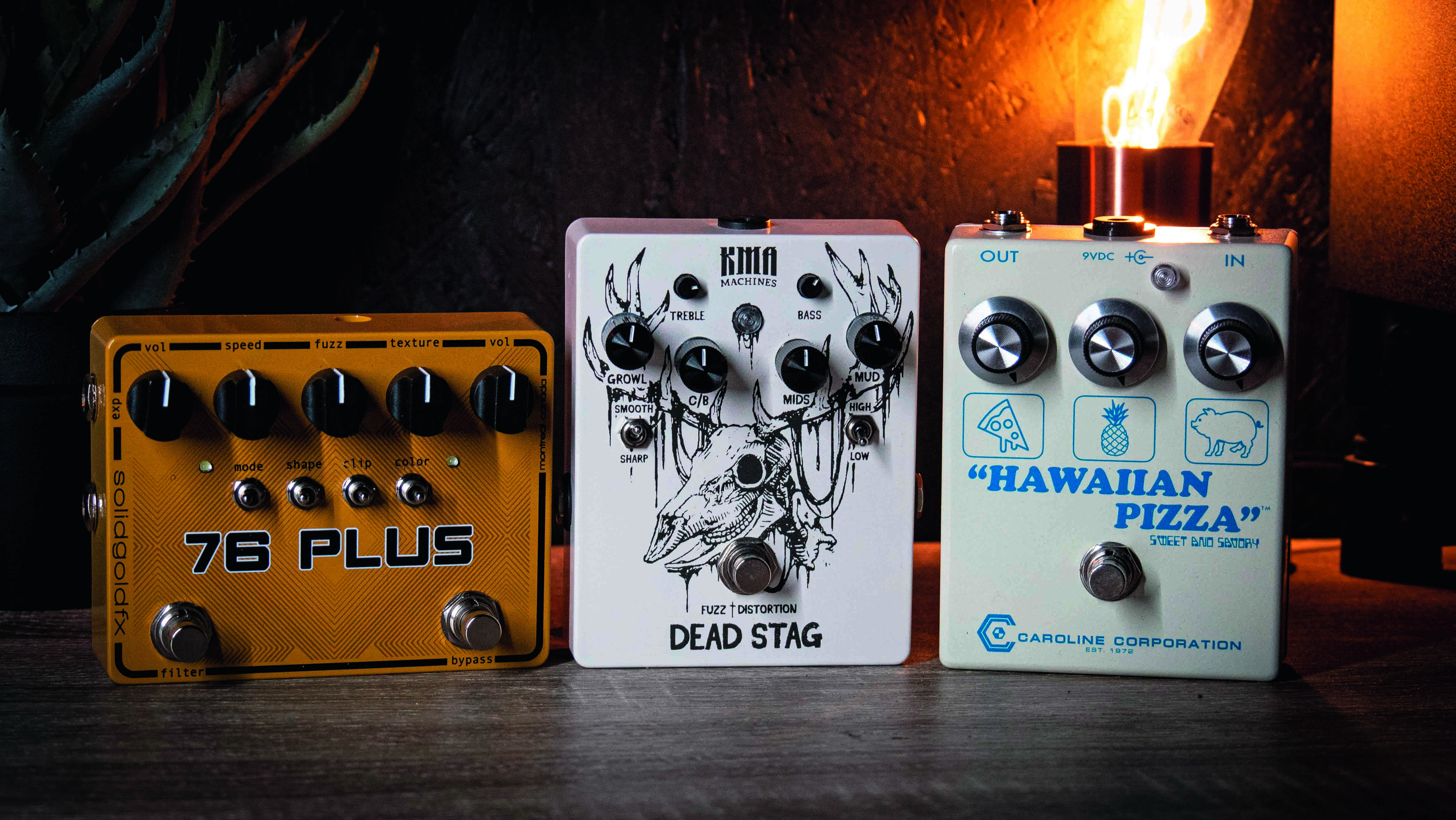
Synthesizers also have the ability to change the wave shape of their oscillators in order to create really complex sounds. That task is more complicated when it comes to the world of guitar. But a simple way to change the waveform of your entire instrument is with a fuzz pedal as it evens out the peaks and turns your instrument into an aggressive and compressed square wave.
Octa-fuzzes such as the SolidGoldFX 76 are great for sharp robotic synth tones with a quick decay, whereas Big Muff-inspired fuzzes like the EarthQuaker Devices Hoof are sweet for bold synth textures with a long sustain.
Delay / reverb

You often don’t know how good a synth sound is until you throw some delay or reverb at it. A big ambient reverb with a long decay can really help make your synthetic swells sound larger than life and extend the decay of your sound even further. Meanwhile, a pristine delay can add rhythmic complexity to arpeggio patterns.
“A pedal that sings with harmonic richness and blooming touch response”: Tone King offers up boutique tube amp tones for your pedalboard with the Imperial Preamp
“Each and every unit is perfectly dialled in to the 'sweet spot' that can be so elusive to find in vintage pedals”: Pigtronix’s Gas Giant is a high-gain fuzz pedal with a FET-driven onboard noise gate










